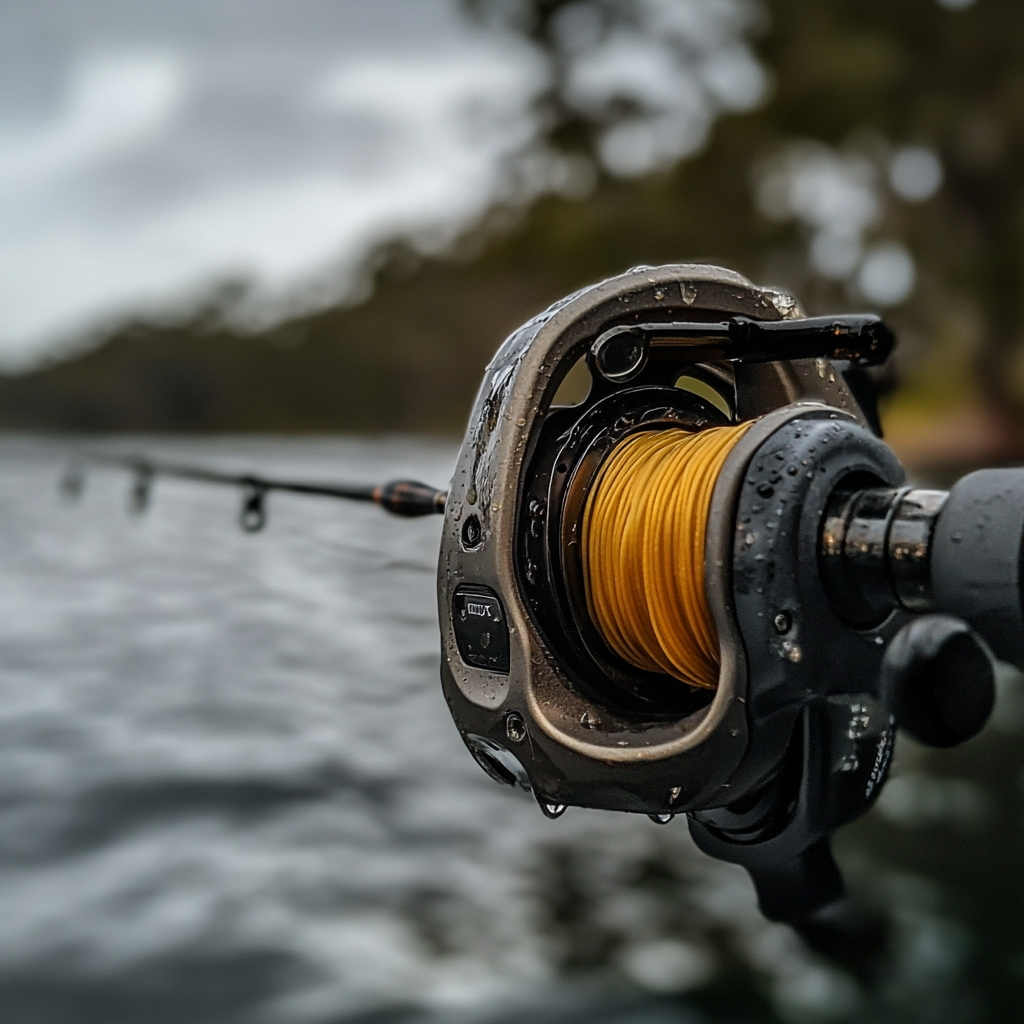
BSF Bait Finesse System Fishing: Mastering Ultralight Baitcasting in Australia
By Big Fella
Bait Finesse System (BFS) fishing, a revolutionary approach to ultralight baitcasting, began in the mountain streams of Japan, where anglers perfected its use to target trout with delicate accuracy. Over time, this finesse-driven method has gained a loyal following across the globe, including Australia, where anglers have adapted it to target native species in our diverse waterways.
In this article, we’ll explore what makes BFS unique, the gear it demands, and how you can use it to target Australian Bass, Yellowfin Bream, and Dusky Flathead—some of the country’s most iconic and challenging species.
What Is BFS Fishing?
BFS is a specialized form of baitcasting designed for casting ultra-light lures—often as light as 1 gram. While baitcasters are traditionally used for heavy-duty applications, BFS flips the script, emphasizing finesse and precision. Originally developed for small streams in Japan, BFS has found a home in Australia’s creeks, estuaries, and rivers, where anglers can take advantage of its unique casting control and accuracy.
This technique allows for pinpoint lure placement, often critical when fishing tight structure like snaggy riverbanks, mangrove roots, or rocky ledges. For Australian anglers, the ability to finesse tiny lures into these challenging areas while maintaining control of the spool is invaluable. BFS offers a more interactive and satisfying experience than spinning reels, particularly for anglers who enjoy the challenge of ultralight tackle.
The Gear: Dialing in Your Setup
BFS fishing requires carefully matched gear to handle ultralight lures effectively. Unlike traditional baitcasting setups, BFS gear is specialized to deliver maximum precision and sensitivity without sacrificing performance.
The Rod
A proper BFS rod is essential to the technique. These rods are typically shorter (4–6 feet) and feature soft, whippy tips that allow them to load under the weight of light lures. Rods with a fast or extra-fast action help translate small movements into accurate casts, while a forgiving tip prevents fish from throwing the hook during a fight.
Popular options for Australian anglers include Millers rods, known for their finesse and quality, and Daiwa BFS rods, which cater to a range of budgets. For beginners, budget-friendly alternatives like Tsurinoya rods from AliExpress offer a reliable entry point to the world of BFS fishing.
The Reel
The reel is the heart of any BFS setup. BFS reels are engineered to handle ultralight lines and lures, with shallow spools that reduce inertia and allow for smooth, controlled casts. Models like the Shimano Calcutta BFS, Daiwa Alphas Air, and Tsurinoya Dark Wolf Ultra are top picks, offering exceptional performance at various price points.
One of the most important aspects of BFS is reel tuning. Adjustments to the spool tension and magnetic brakes are critical for managing light lures. Beginners should set their brakes high initially to avoid bird’s nests, gradually loosening them as they gain confidence and skill.
The Line
Thin line is essential for BFS fishing, as it minimizes resistance and maximizes casting distance. Many anglers prefer low-diameter monofilament, which provides smooth casting and a forgiving stretch. Others opt for ultrathin braided line for its sensitivity and strength. A fluorocarbon leader is highly recommended when targeting fish in snaggy environments, as it offers abrasion resistance and low visibility.
Mastering the Learning Curve
BFS isn’t as simple as spinning gear, but with patience, it becomes a rewarding challenge. Beginners often face bird’s nests, trouble casting into the wind, and difficulty dialing in their reels for ultralight lures.
Here’s how to get started:
- Practice with Heavier Lures: Start with 3–5 gram lures before progressing to lighter options. These weights are easier to control and help you develop your casting technique without frustration.
- Dial in the Reel: Set the spool tension so there’s minimal side-to-side movement, then adjust the magnetic brakes until you can cast without backlash. As you improve, you can loosen the brakes for longer casts. Revisit these settings as conditions change, especially in windy environments.
- Master Thumb Control: Your thumb plays a vital role in BFS fishing. It’s used to manage the spool during the cast, slow the lure’s descent, and stop the spool before the lure hits the water. This takes practice, but once mastered, it becomes second nature.
BFS in Australian Waters
BFS fishing is particularly well-suited to Australia’s waterways, offering a unique way to target native species. With the right gear and techniques, BFS can transform the way you approach some of Australia’s most iconic fish.
When to Use BFS
BFS excels in environments where precise, controlled casts are required. Think of snaggy creeks lined with fallen timber, tight mangrove channels, or shallow estuaries where fish are skittish. In these situations, BFS allows you to present lures accurately and quietly, increasing your chances of a strike.
However, it’s important to note that BFS struggles in open flats or windy conditions. For these scenarios, spinning gear remains the go-to choice for its versatility and ease of use.
Species to Target with BFS
- Australian Bass: These aggressive predators thrive in rivers and creeks with plenty of structure. BFS lets you flick small hardbodies or surface lures into the tightest pockets, enticing explosive strikes.
- Yellowfin Bream: Ideal for estuaries and shallow flats, BFS allows for delicate presentations of tiny soft plastics, hardbodies, or surface lures like Cicadas. Precision casting around pylons, rock walls, and mangroves can make all the difference.
- Dusky Flathead: Flathead are ambush predators that love sandy drop-offs and weed edges. BFS lets you work lightweight soft plastics or vibes right into their strike zone often leading to aggressive takes.
Spin vs. BFS: The Great Debate
The question every angler asks: Why choose BFS over spinning gear? Spin setups excel in covering large areas and handling windy conditions. But BFS has its own unique appeal.
- Accuracy: Baitcasters allow for pinpoint casting, making BFS ideal for snaggy creeks or precise structure fishing. With BFS you can place a lure exactly where a fish is likely to strike reducing wasted casts.
- Control: The ability to slow or stop a lure mid-cast gives BFS an edge in tight quarters. This control is invaluable when fishing around snags or under low-hanging branches.
- Enjoyment: The tactile feedback and artistry of BFS are unmatched by spinning gear. Many anglers find the act of mastering BFS to be as rewarding as the fishing itself.
Tips from Australian BFS Anglers
Here are some advanced tips from local BFS enthusiasts:
- Spool Less Line: 50–75 meters is ideal. It reduces spool weight and helps prevent bird’s nests while still providing enough line for most Australian fishing scenarios.
- Avoid Windy Conditions: BFS gear struggles in headwinds so choose calm days or sheltered areas for the best results.
- Experiment with Entry-Level Gear: Start with budget options from less expensive brands to get a feel for BFS before investing in high-end setups.
- Focus on Technique: BFS casting requires a flicking motion rather than the sweeping casts used in traditional baitcasting. This flick generates the inertia needed to cast ultralight lures effectively.
- Practice Patience: BFS rewards precision and practice, so embrace the learning curve. As one angler said, “BFS is a journey, not a race.”
The Joy of BFS Fishing
For many, BFS is more than just a technique—it’s a journey. The challenge of casting a 1-gram lure under a mangrove, the thrill of a Yellowfin Bream smashing a surface lure, and the joy of mastering a new skill make BFS an incredibly rewarding pursuit.
In Australia, BFS is becoming a favourite among anglers seeking a fresh, finesse-focused approach to their favourite species. Whether you’re chasing Australian Bass in a river, hunting Bream in an estuary, or stalking Flathead along the flats, BFS opens up a new world of possibilities.
Conclusion: Why BFS Is Worth the Effort
BFS fishing offers more than just a way to catch fish—it’s an art form that challenges and rewards like no other. With the right gear, plenty of practice, and a love for finesse, you’ll find yourself hooked on this unique style of ultralight baitcasting.
Grab a BFS rod and reel setup and hit your local creek or estuary. Experience the thrill of precision fishing. Because when it comes to BFS, it’s not just about the catch—it’s about how you catch it.

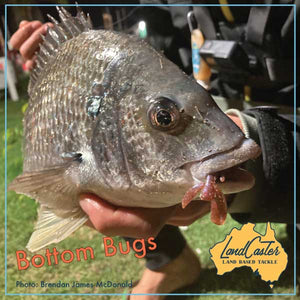
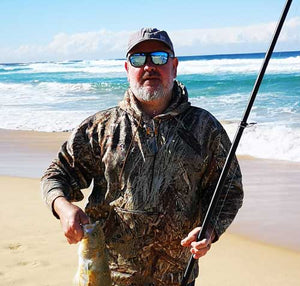
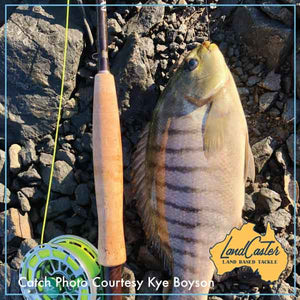
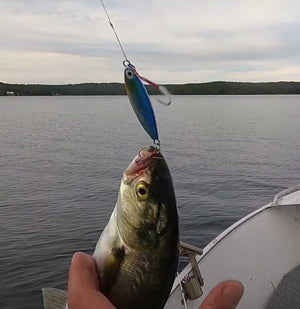
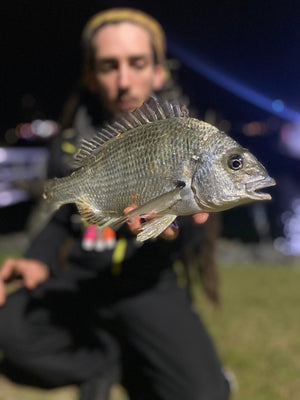
Leave a comment